Checking a Capacitor
Under Load
How to check a capacitor under
load without removing it.!
Checking a Capacitor Under Load
How to check a capacitor under load without removing it.
Joseph T. Prock
Subject Matter Expert – Michael Cooper - Technical Training Consultant, Sr.
You’re going to learn how to get an accurate capacitor reading while it’s inline within the system, running.
Here’s one example of how to check:
At the outdoor unit, we verified the system is on and running for fifteen minutes. We know where our pressures are going to be while the system is actively running.
From here we want to check the capacitor and find out how it’s operating while it’s in use.
Step 1
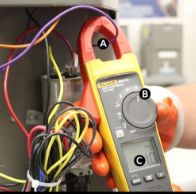
TERMINAL
(Purple cable)
READING OF 1.0
We’re going to set our meter to amperage and the first thing we’re going to check is the amperage of the fan terminal. Our reading shows the amperage at 1.0.
Step 2
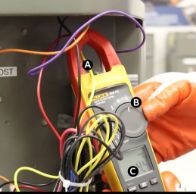
TERMINAL
(Purple cable)
READING OF 4.4
Next, we’ll do the same thing across to the hermitic terminal or the compressor terminal. We get a reading of 4.4 amps. (You’ll want to write both of those numbers down).
Step 3

VOLTAGE
TERMINAL
271.0
From there we’ll take our meter and switch it over to voltage and check the voltage across both of those terminals to common. We’ll start first with our fan terminal, which is reading 271.0 amps. (You’ll want to write that number down as well).
Step 4
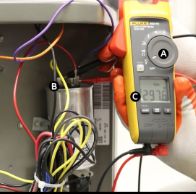
TO HERMETIC
TERMINAL
297.6
We need to do the same thing from the compressor terminal. From the common terminal to the hermetic terminal we get 297.6 volts.
Formula

Fan Reading
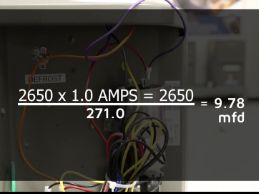
.
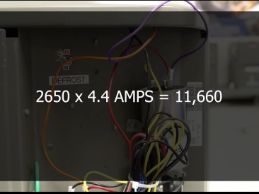
Compressor Reading
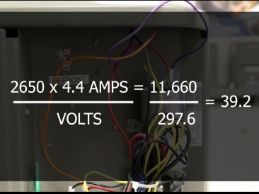
The capacitor is running at 9.7 microfarads while it’s in operation. This capacitor is a 40+10, we are at 9.7 with the fan. On the fan side we know we’re in factory specs.
We’ll do the same thing for the hermetic or compressor side of things.
We’re going to take 2650 X 4.4 AMPS = 11,660 divided by the voltage 297.6 which gives us 39.2 microfarads.
This capacitor is at 40 microfarads for the compressor side. So, when it’s running, it’s running at 39.2 microfarads.
That’s the process to check while the capacitor is under load. Be careful not to cross those leads in any way. You can get a bit of a shock. This is the most accurate way to determine how that capacitor is responding within the system.
Need tools?
Visit our Testing Instruments
and Accessories page.
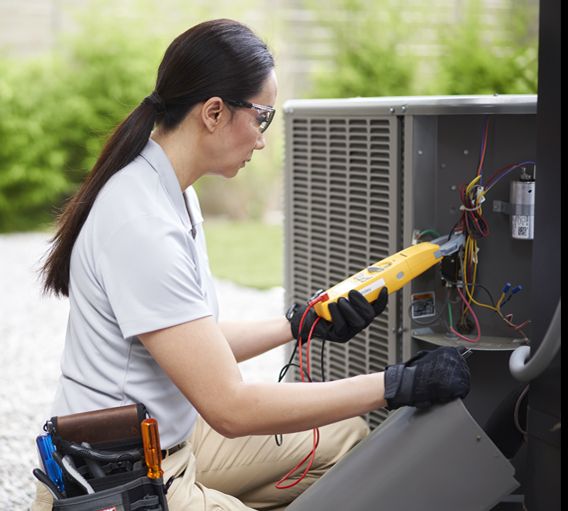

Fluke 902 FC True RMS
Wireless HVAC Clamp Meter

